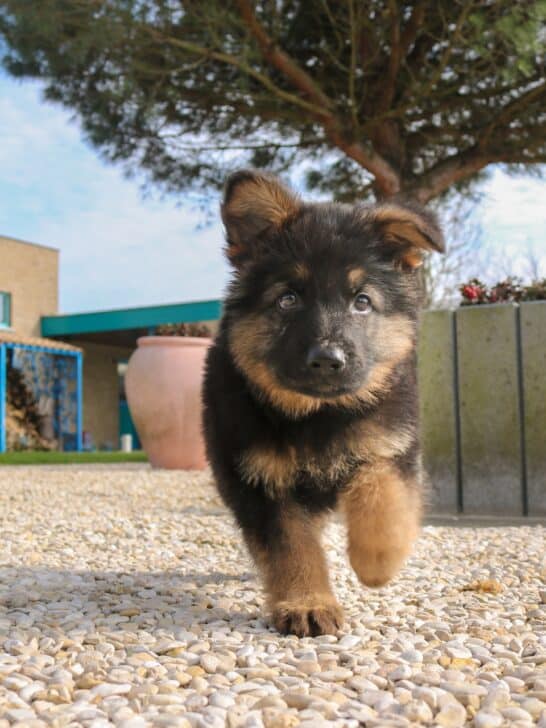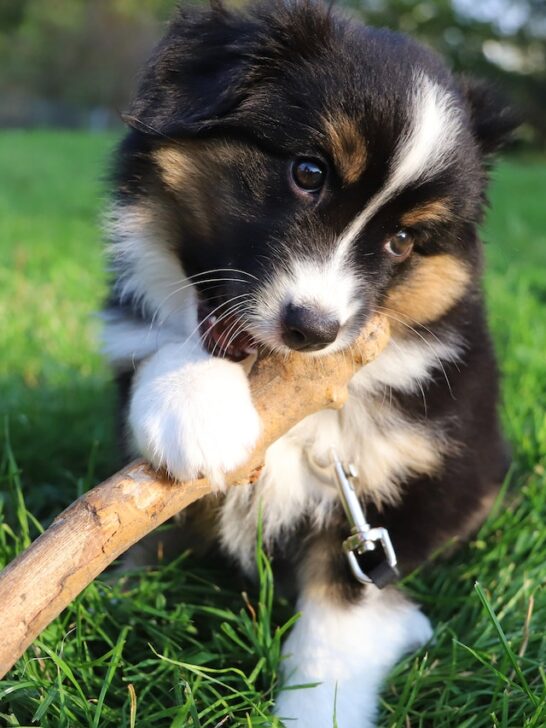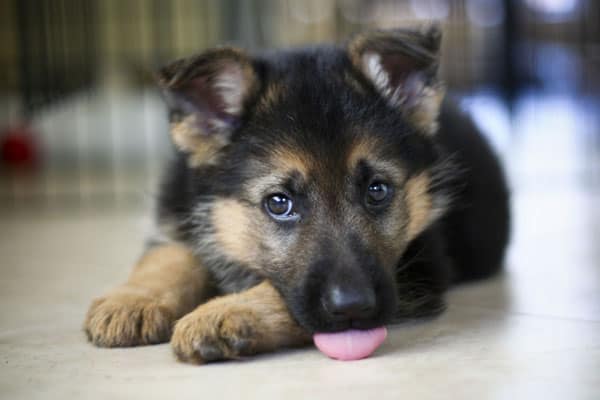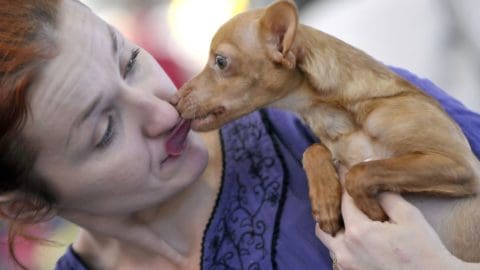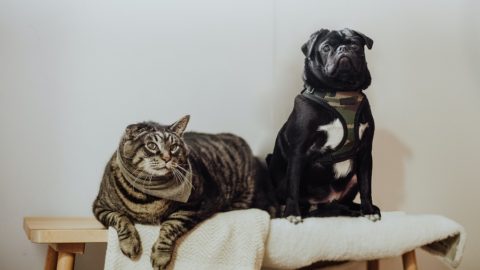6 Reasons Why Dogs Cross Their Paws
Have you caught your pet dog crossing its paws and looking like it’s praying or begging for food?
This posture—also known as polite paws—sure looks cute and may make you want to give your dog whatever it asks for.
You may even want to take a picture of it and post it on your social media feed. But have you ever wondered why dogs cross their paws?
Our furry friends have an uncanny way of conveying their emotions to us using body language. So you can safely assume that dogs cross their paws to tell us how they feel at any given time.
There are many reasons that dogs indulge in this behavior.
This article delves into all the possible reasons our pets sit in this elegant and expressive position with their paws crossed.
Reasons Why Dogs Cross Their Paws
Why do dogs cross their paws? Here are the different reasons that you may find your pet dog crossing paws and sitting in the polite paws position:
1. Means of Communication
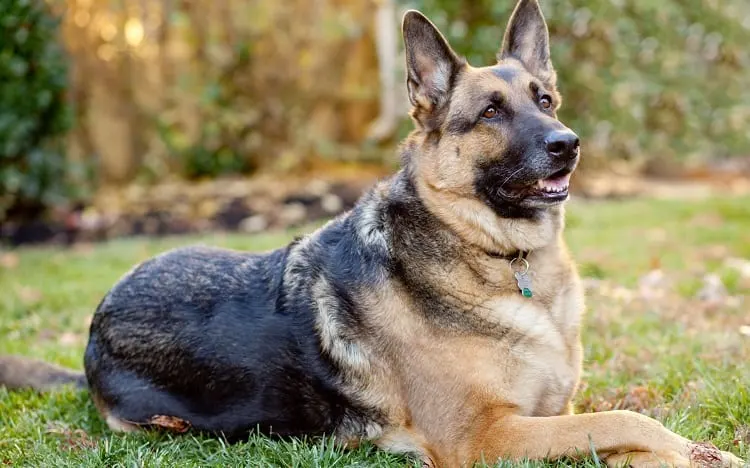
Dogs can’t speak as humans do, so they use their heads, ears, tail, and other body parts to tell us about their moods or needs.
By crossing its paws, your pet may be trying to get your attention and informing you via its body language about certain strong emotions: it may be feeling nervous or happy.
Sometimes, dogs sit with their front legs crossed when they are in the territory of other dogs or animals. At such times, a dog will lay in this position as a sign of nervousness.
This also comes across as submissive and less threatening to other animals—a simple way to avoid confrontation.
Polite paws may also signify that your pup or dog is happy. When your pet feels relaxed or content or simply wants to rest, it may communicate emotions to you by sitting with crossed paws.
So the next time your dog crosses its front paw, pay close attention to the circumstances at the moment and your dog’s body language.
This will help you understand whether it is nervous, happy, or tired. With a bit of observation, you should be able to determine what your dog needs at that time.
2. Your Dog Is Comfortable
Just as humans cross our legs to sit in a more comfortable position, a dog crosses its paws frequently when it wants to feel comfortable or relaxed.
When it sits with its legs crossed in this manner, you will usually find that its elbows are pushed outward.
In such a position, the dog’s weight is more evenly distributed and does not rest solely on its bones. This allows it to enjoy greater comfort.
However, note that some dog breeds comfortably lay down without crossing their paws.
This is usually common among short-legged dogs such as dachshunds, as their body conformation makes it challenging to cross their short paws comfortably.
For the same reason, wide-bodied breeds like bulldogs also tend to avoid sitting in this position due to their rotund bodies.
Meanwhile, breeds like poodles and border collies are more likely to sit with their paws crossed. It’s all about comfort for our furry friends.
3. Matter of Posture
Most dogs rest their weight directly on their elbows to help them stay alert when lying down. But maintaining this position for too long tends to put pressure and pain on a dog’s body.
So your dog may rotate its shoulders while lying down to ease the pain from resting excess weight on its bones.
But while rotating its shoulders, your dog’s elbows may rotate outward, and its legs will cross in the middle. This may make it appear as if it is sitting with its legs crossed.
4. A Sign of Submissive Behavior
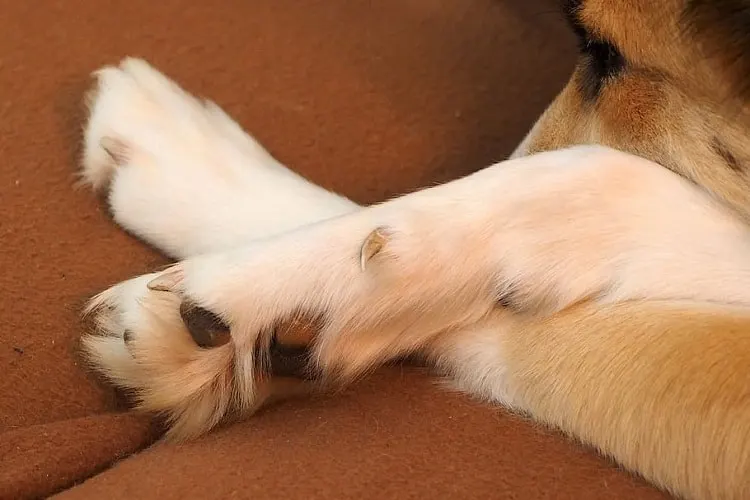
Dogs may cross their paws if they feel insecure and want to give off a submissive posture. This often happens when they sense the presence of a bigger, perhaps more ferocious dog or bigger animal.
When a puppy or dog crosses its paws and displays other submissive gestures, such as avoiding eye contact, it may be trying to show through its behavior that it’s not a threat and avoid a confrontation with other dogs or animals.
Most times, you will not need to worry about this kind of behavior in your dog.
But if it gets so easily scared by other dogs to the point that it cannot socialize properly, it is advisable to consult a canine behaviorist or a dog trainer.
A professional will help you train your dog and build its confidence.
5. Learned Behavior
If you’re wondering why your dog puts one paw over another when it sits down, it could be that you may have been inadvertently teaching it to cross its paws.
When the dogs cross their paws, dog owners immediately give their dogs a treat and call them a good boy or a good girl.
This may set an example and teach them that they will get a treat every time they put one leg over another.
This is known as positive reinforcement. Just as your dog can learn positive things with this technique, it can also learn things you don’t intend to teach.
6. Pain in the Paws
If your dog’s paw is hurting, it may prefer to lie down with its paws crossed. For example, a long walk in the snow, too much exercise, or a foreign object can cause pain in its paws.
If you suspect this is the reason for your dog’s crossed paws, take it to the vet and seek medical attention.
Conclusion
Dogs cross their paws for various reasons: communication, comfort, posture, submission, pain, or even learned behavior.
Posture also depends on your dog’s breed, as short-legged or wide-bodied dogs simply cannot cross their legs.
When you see your dog exhibiting this behavior, try to understand the reasons for it so you can understand your dog and give it what it needs.
Resources:
























